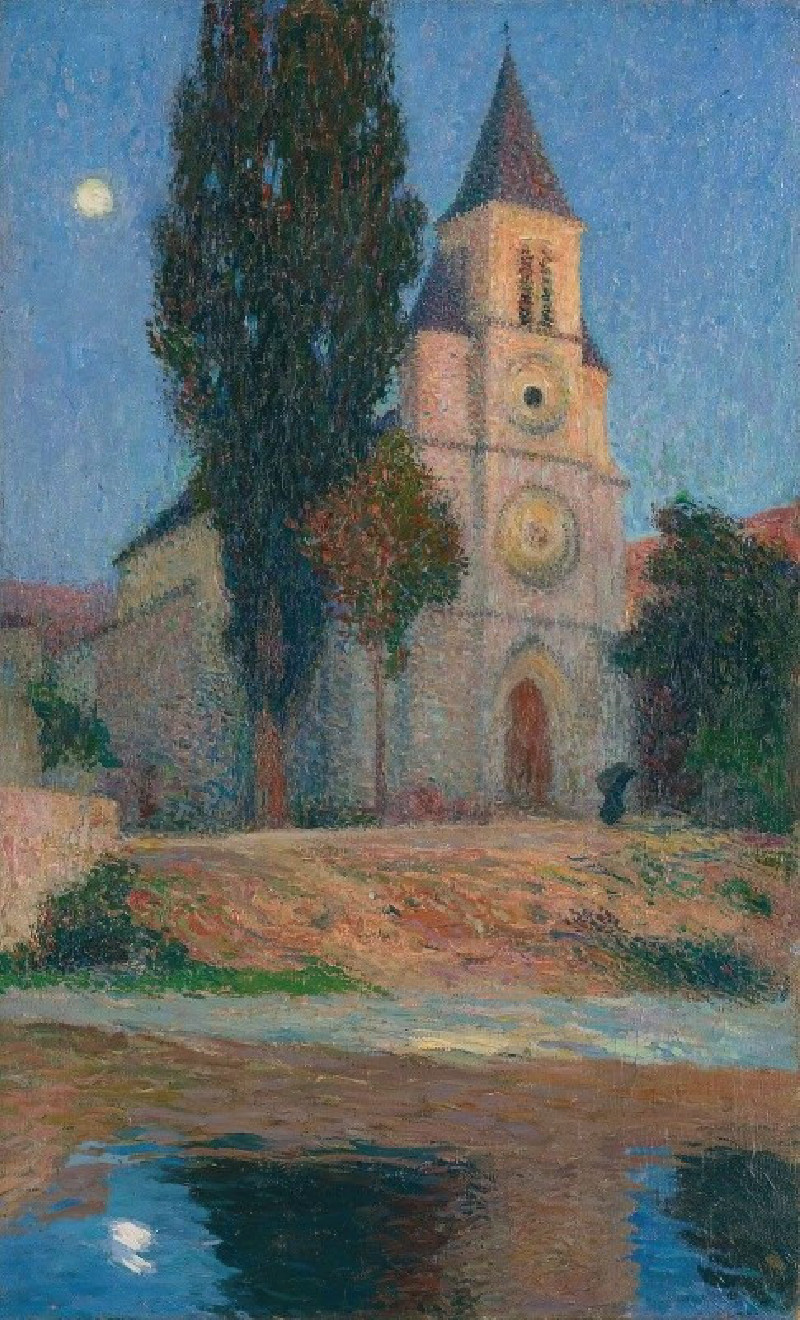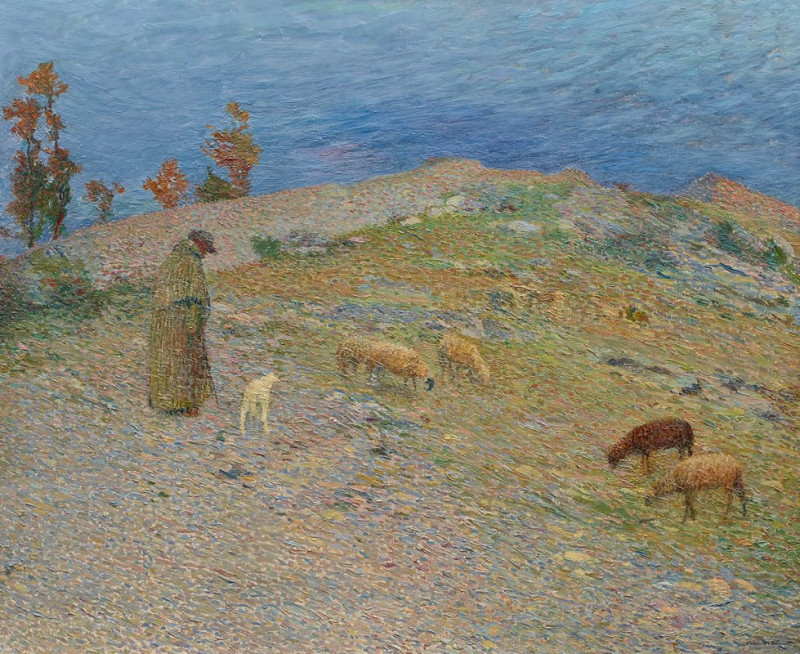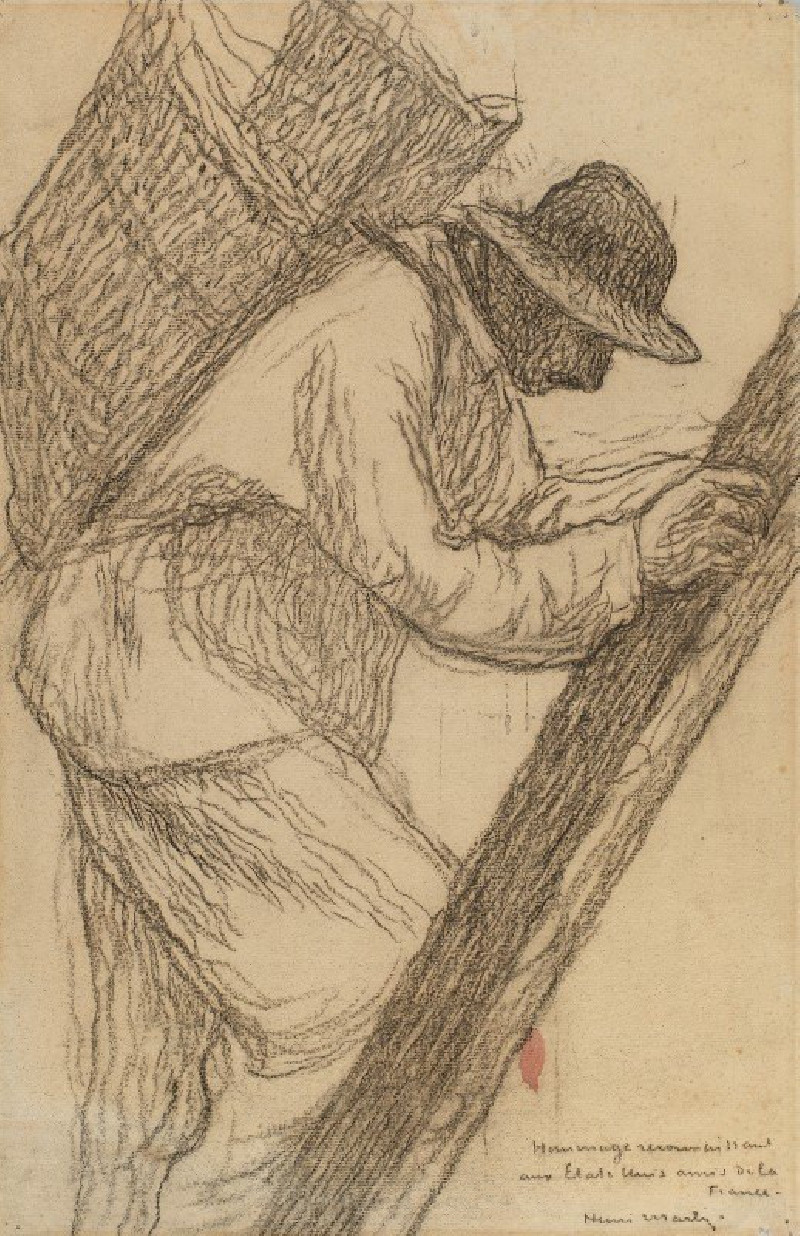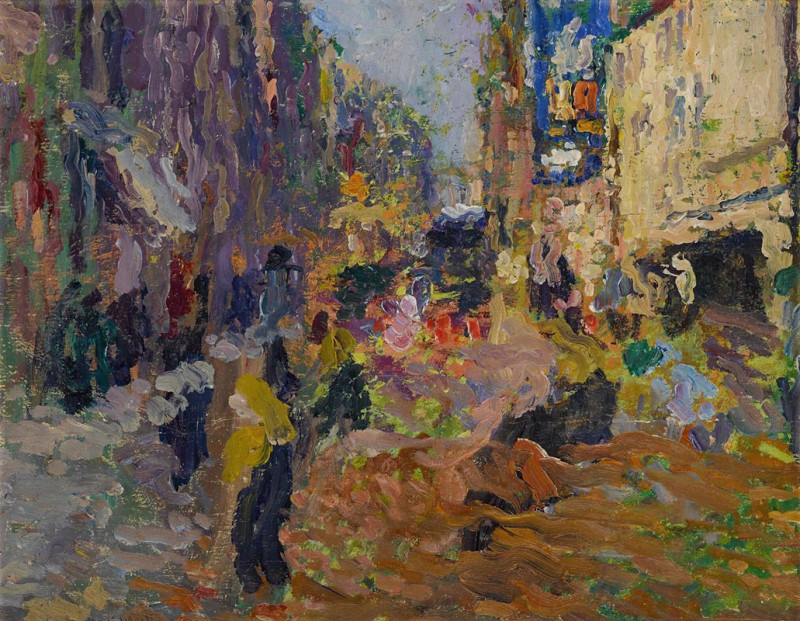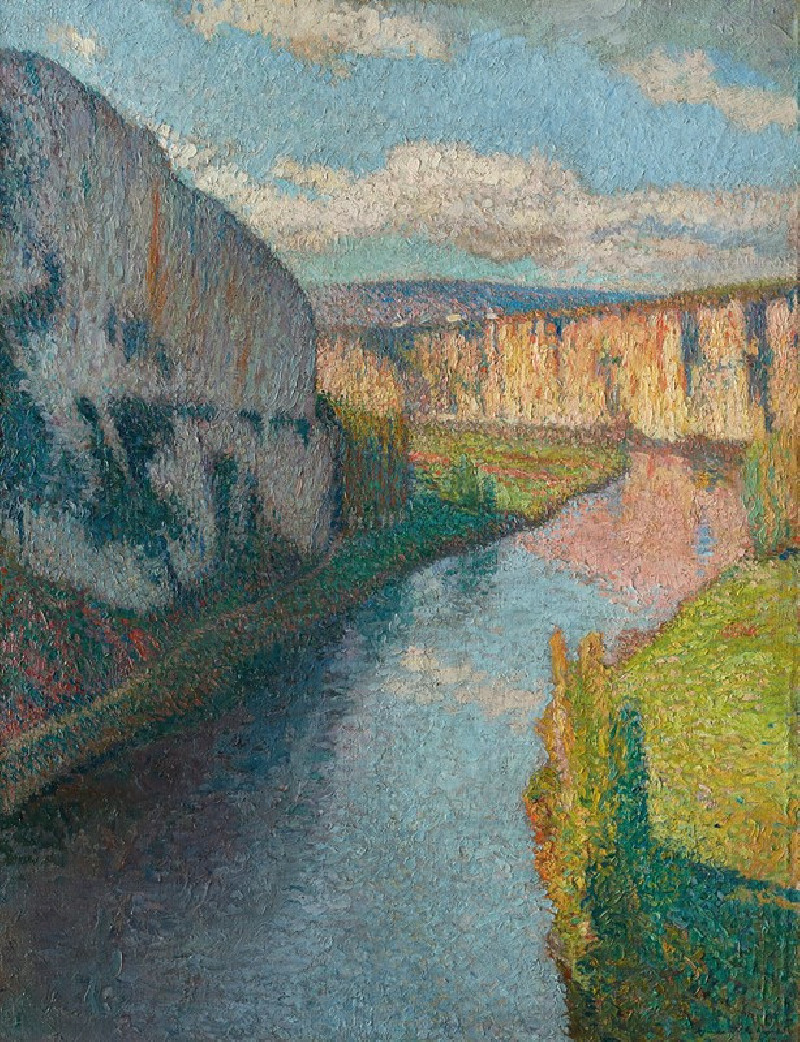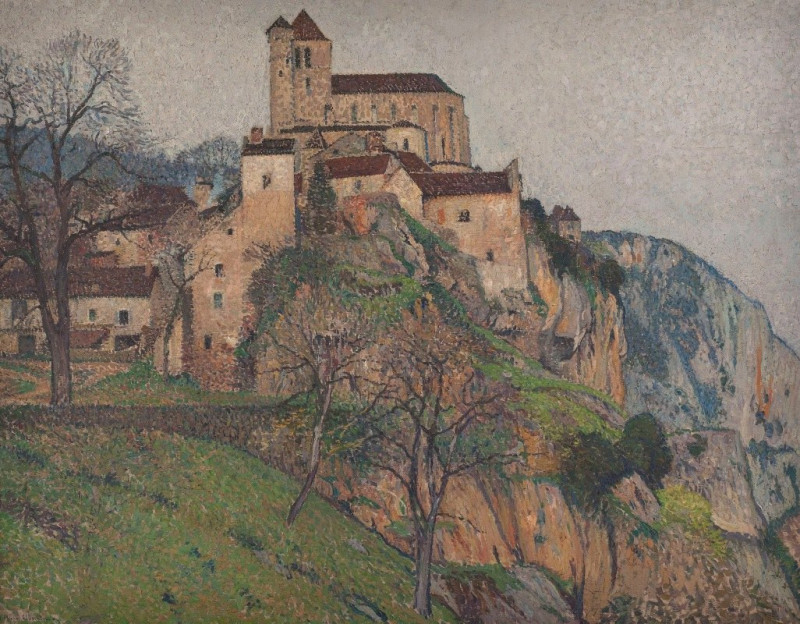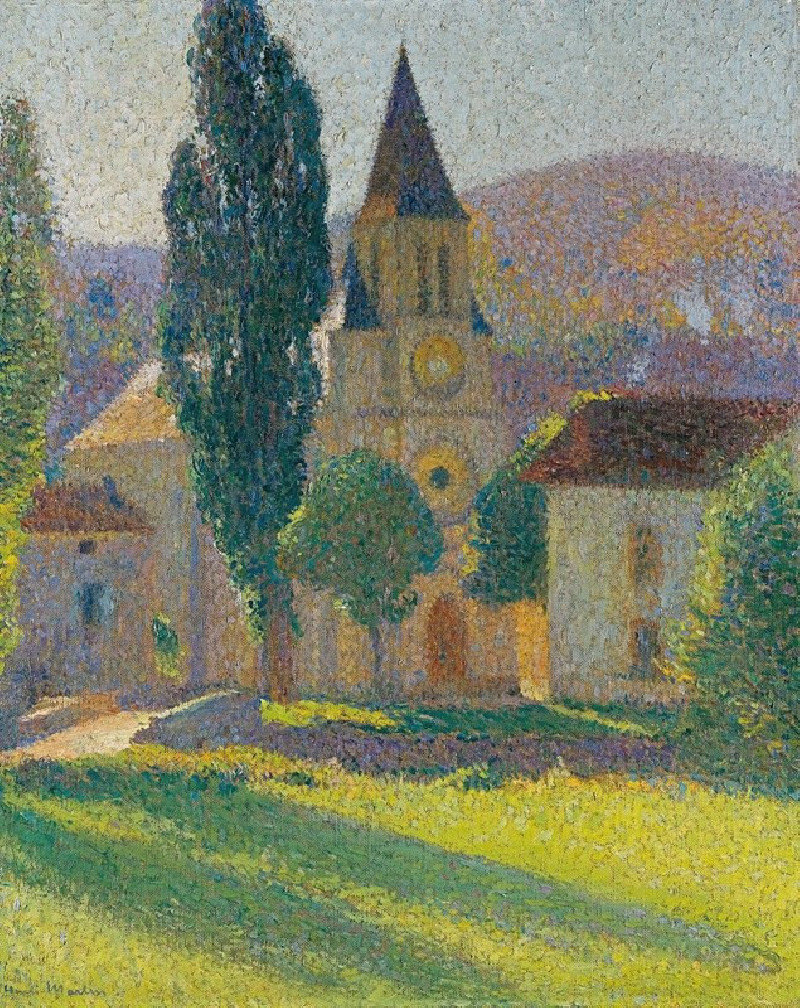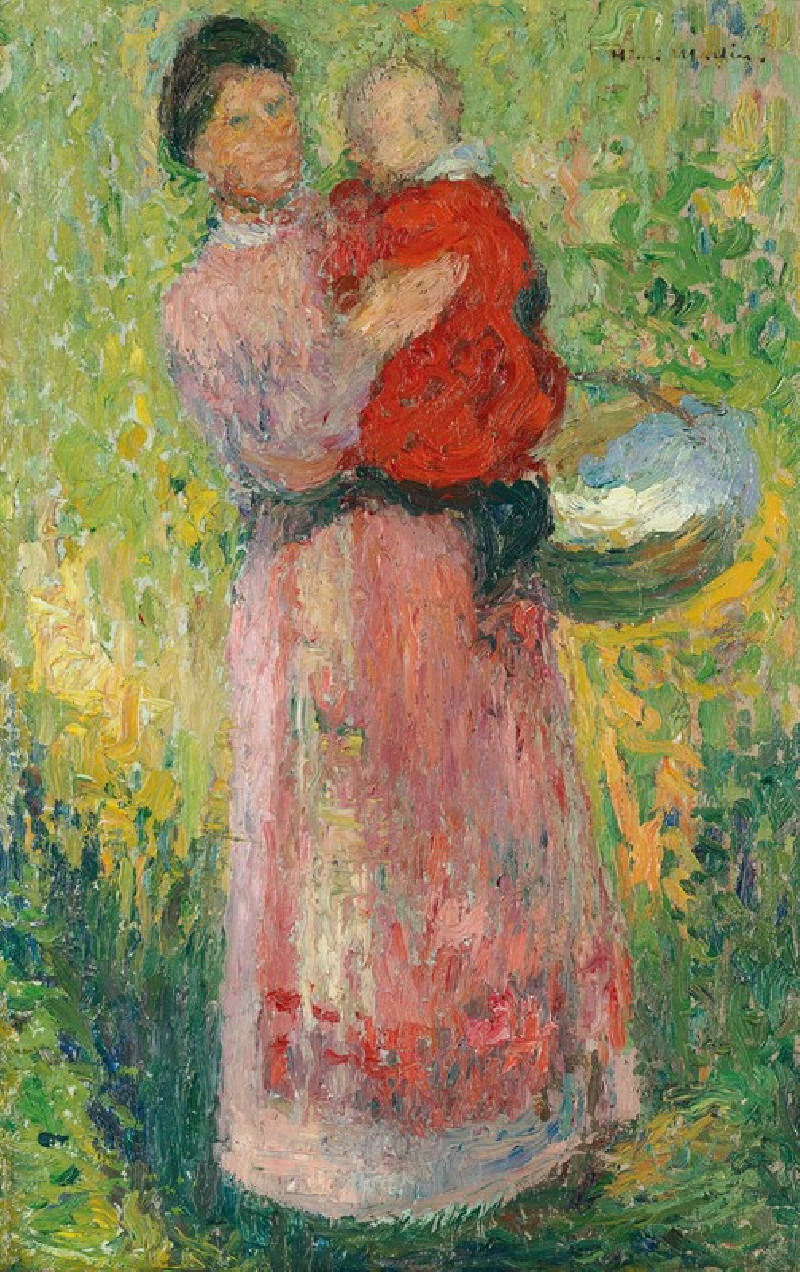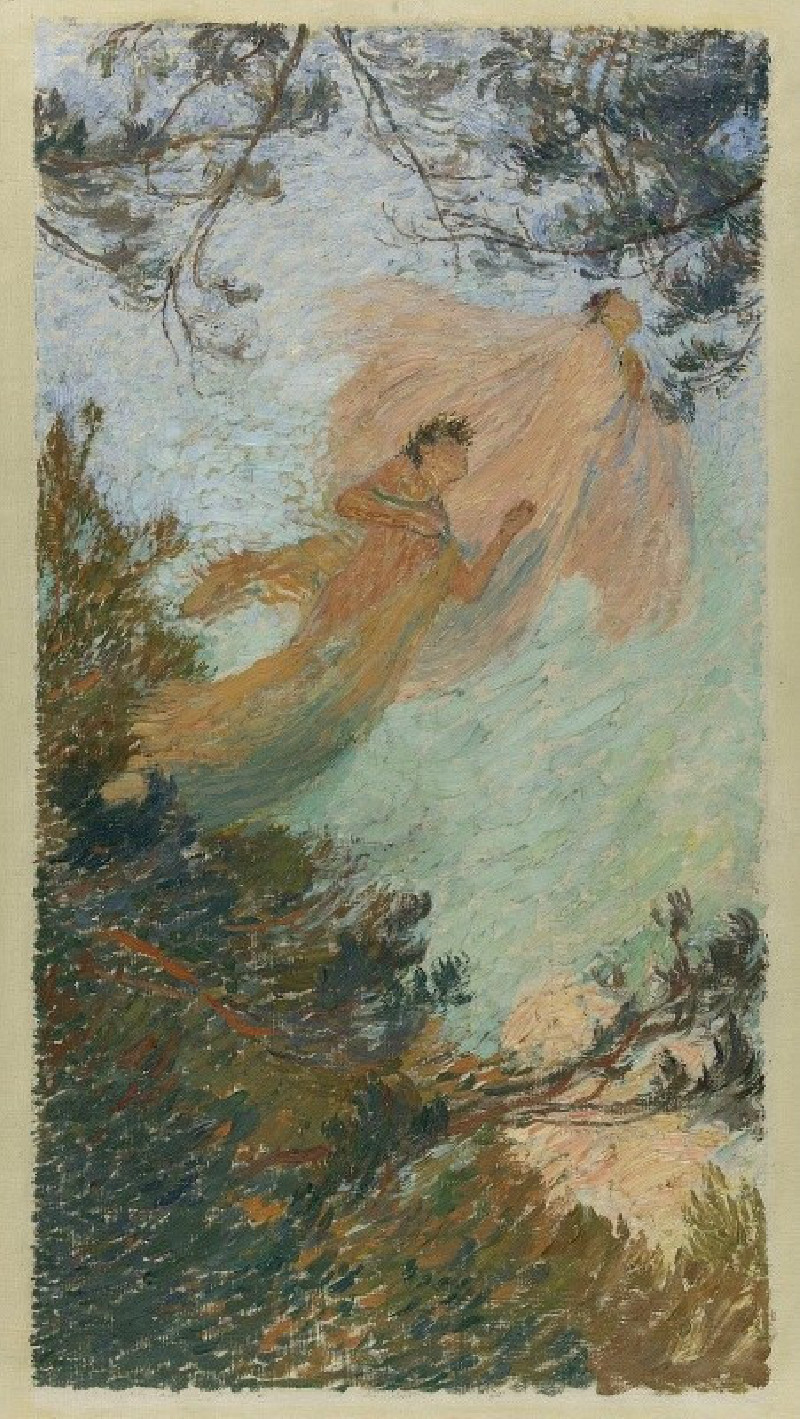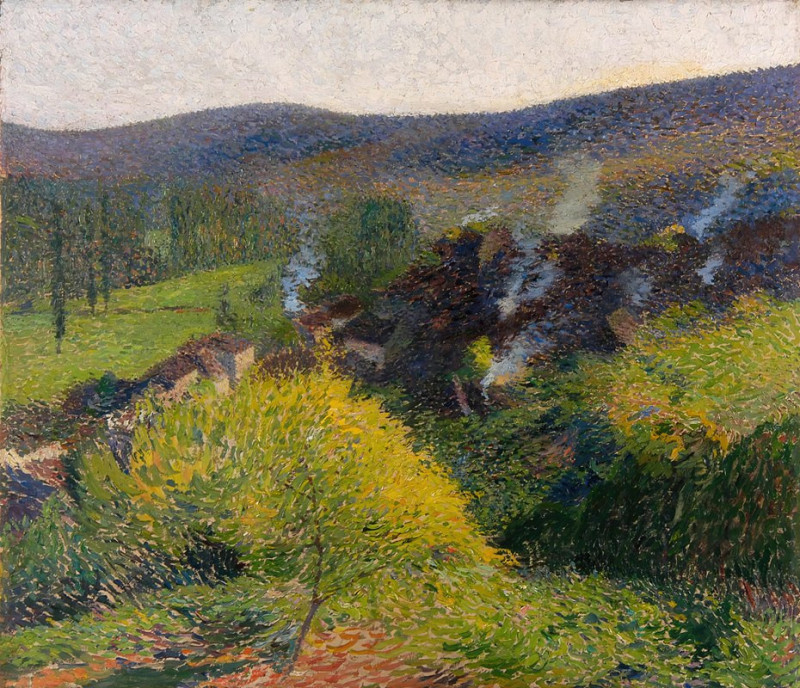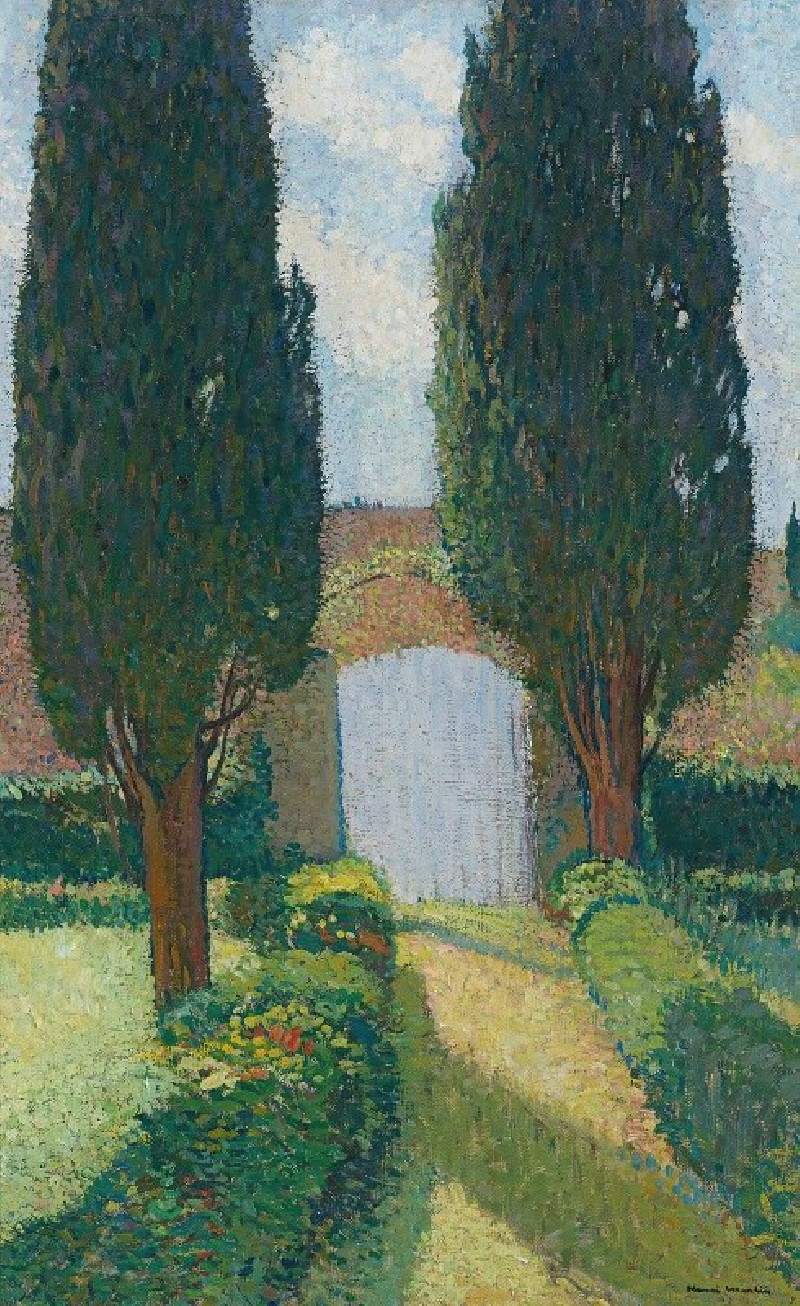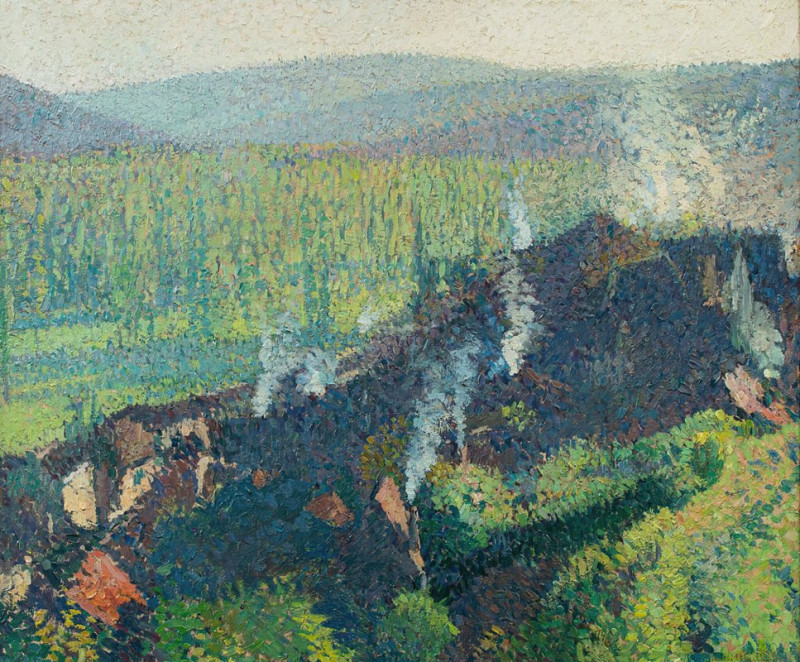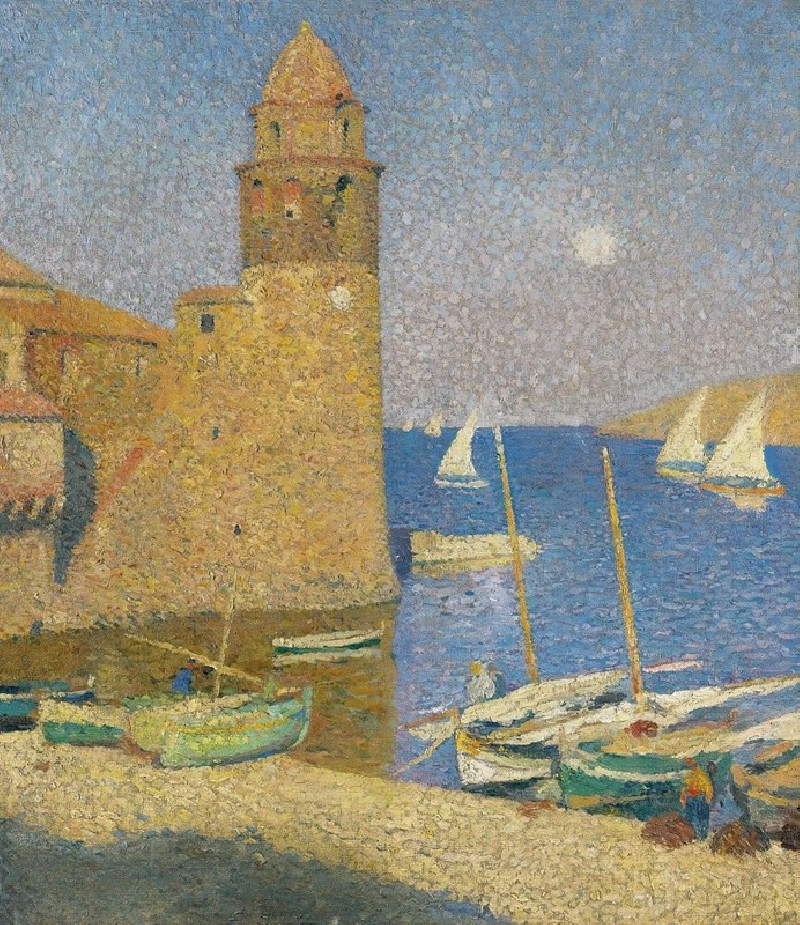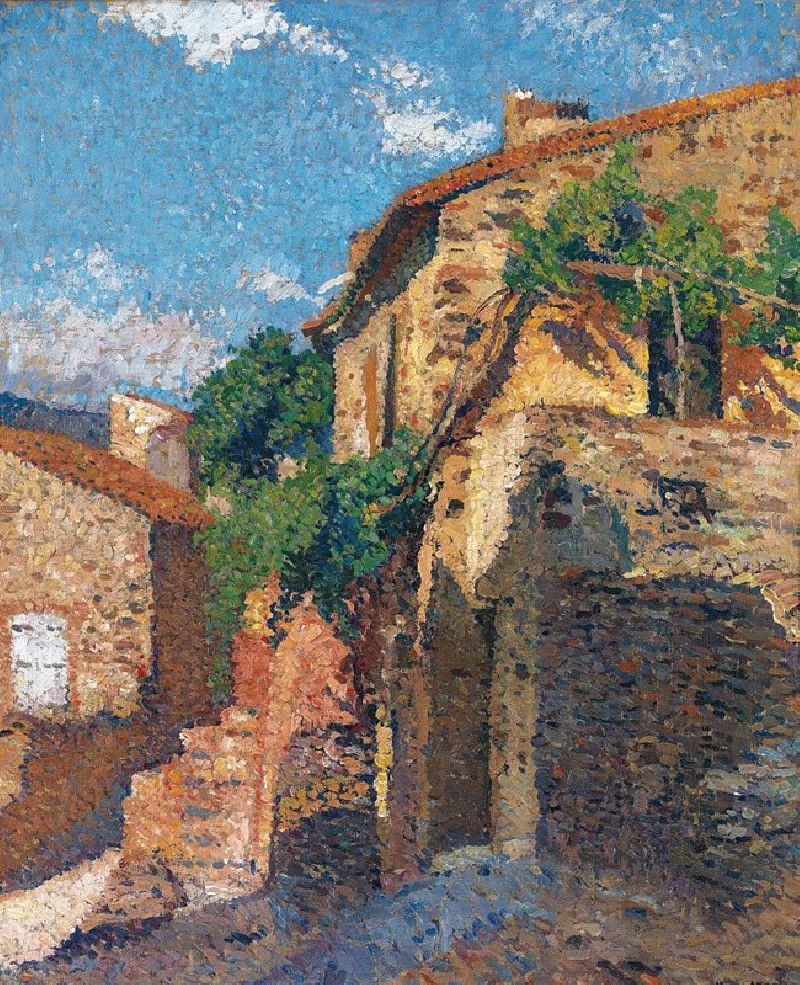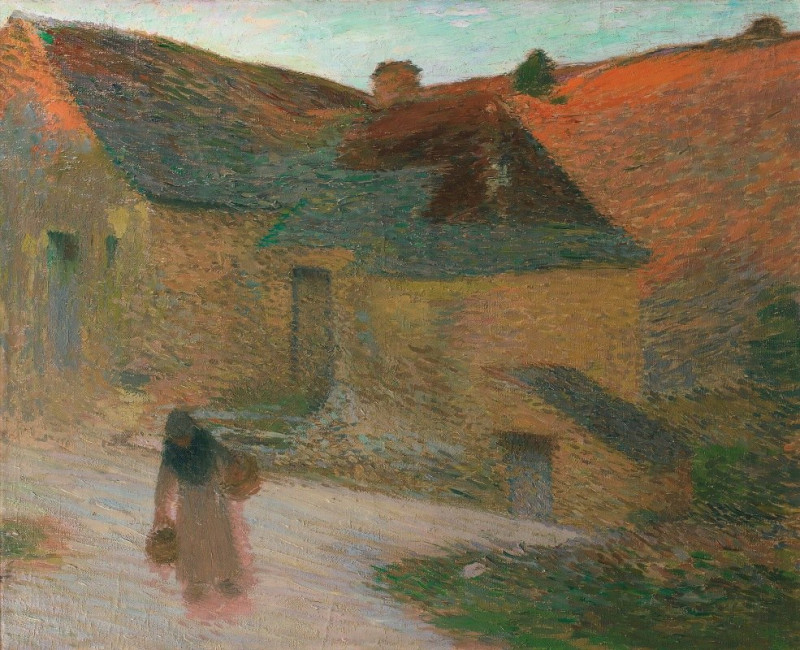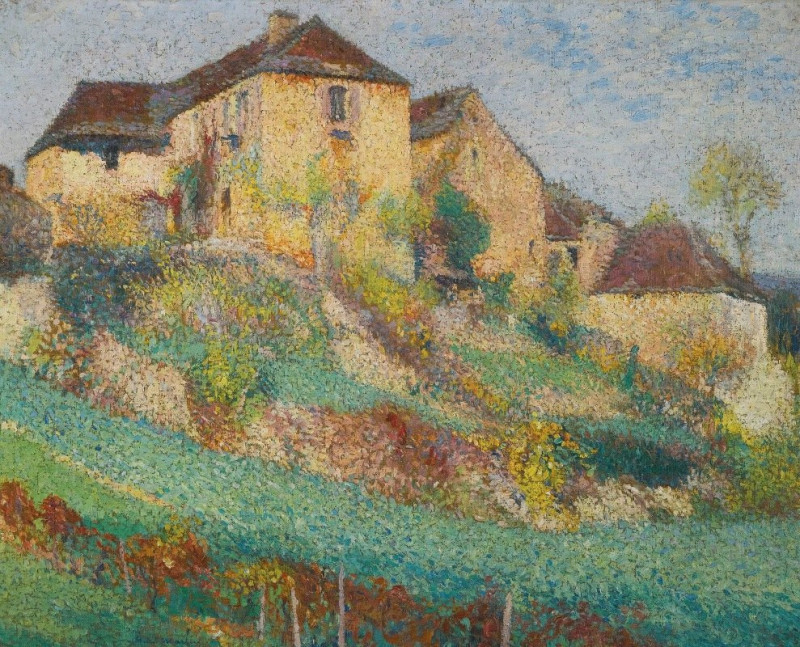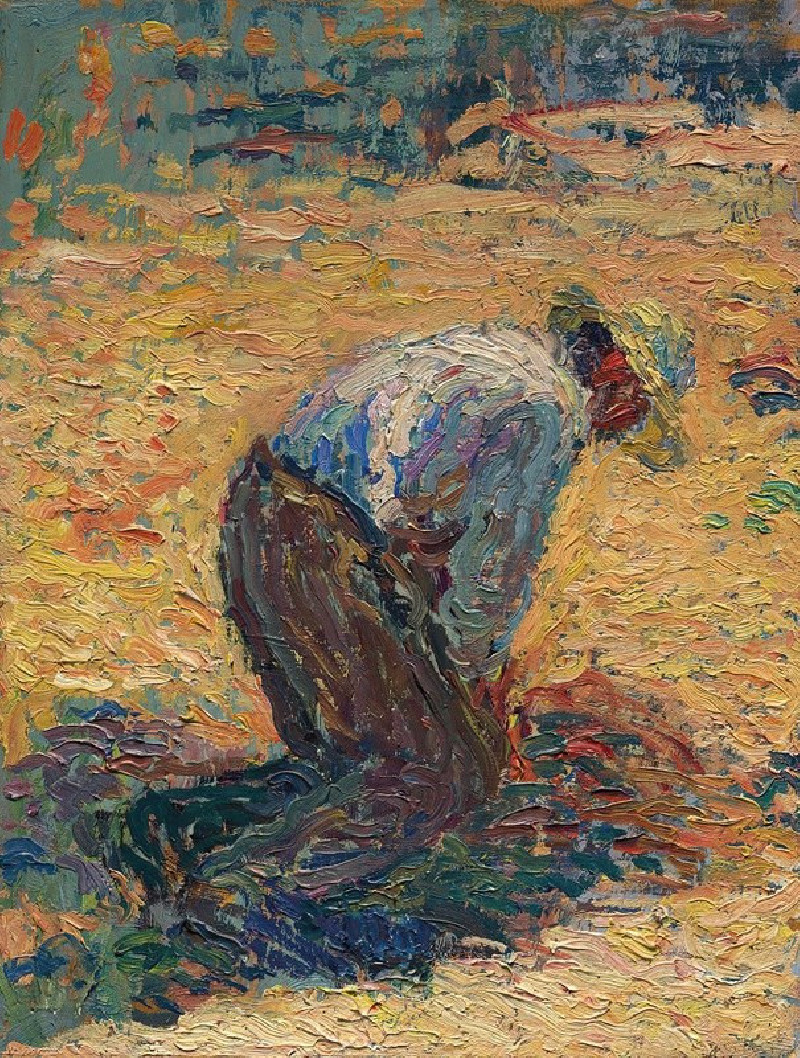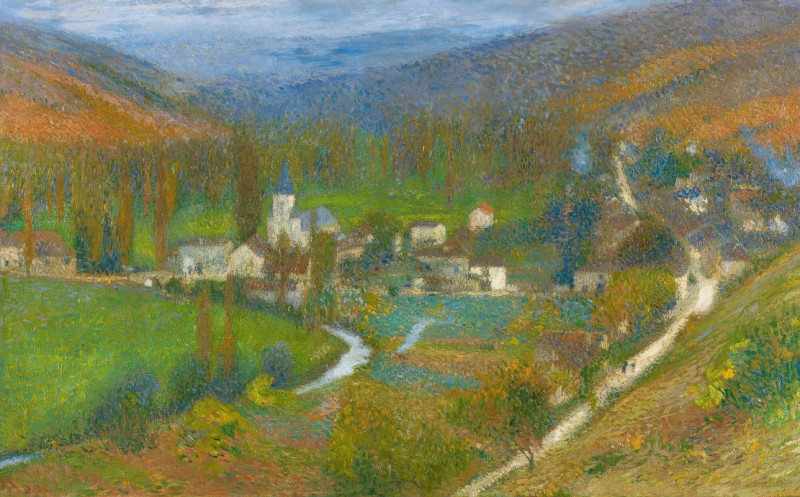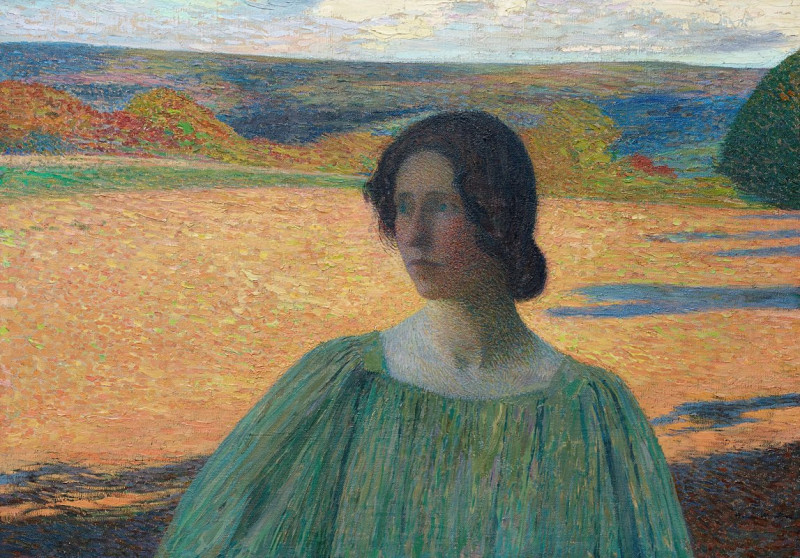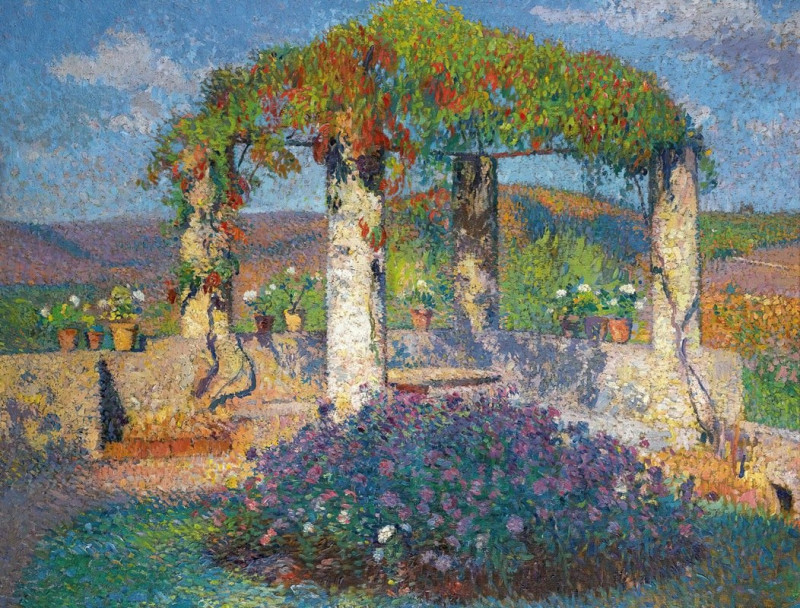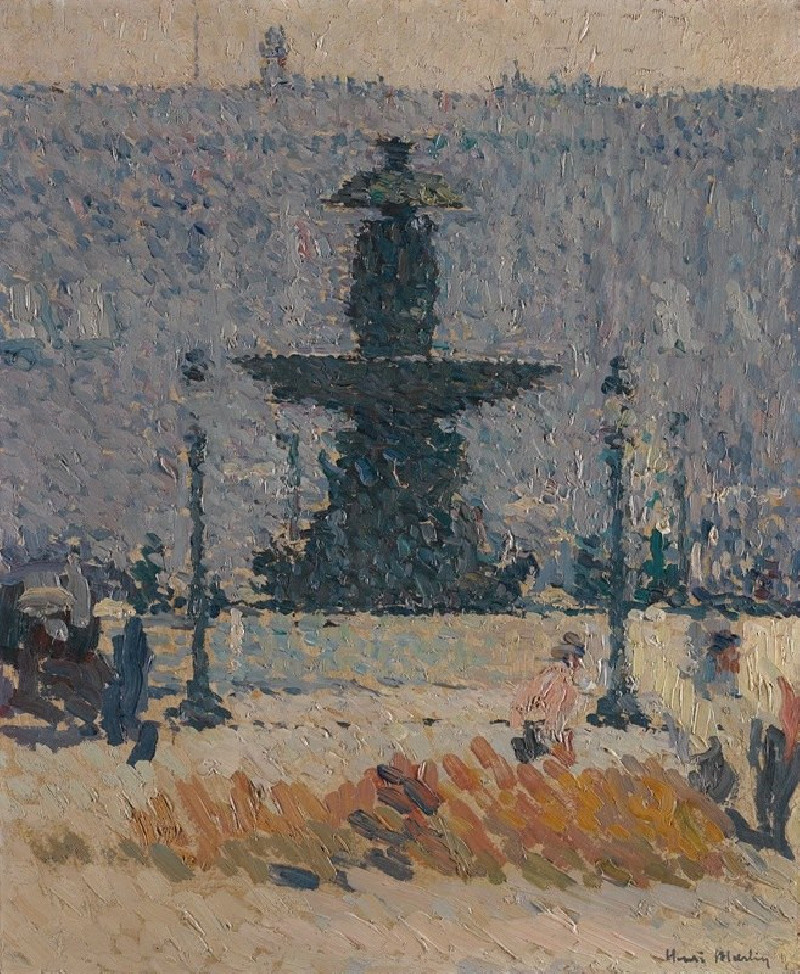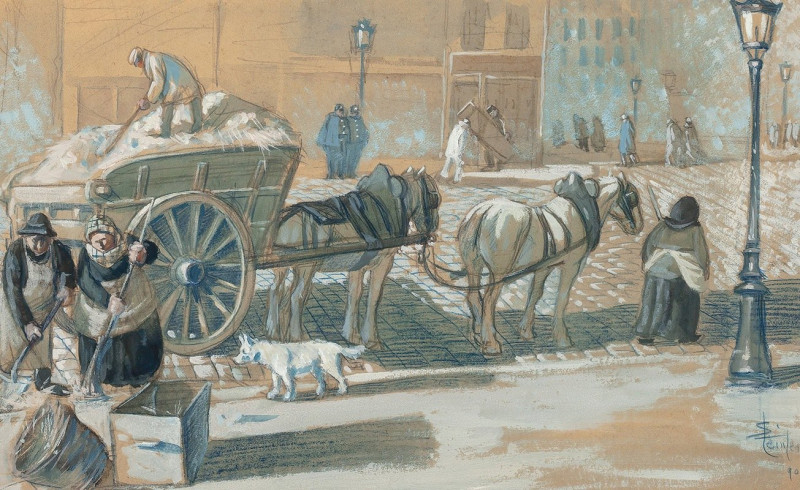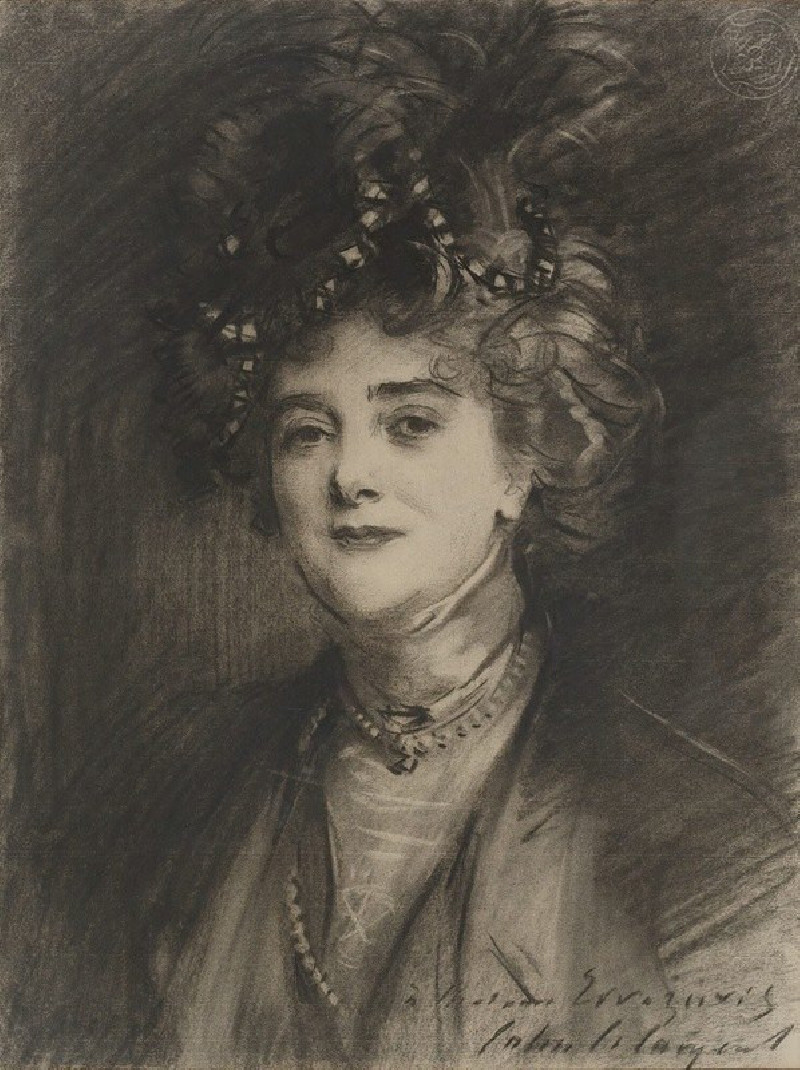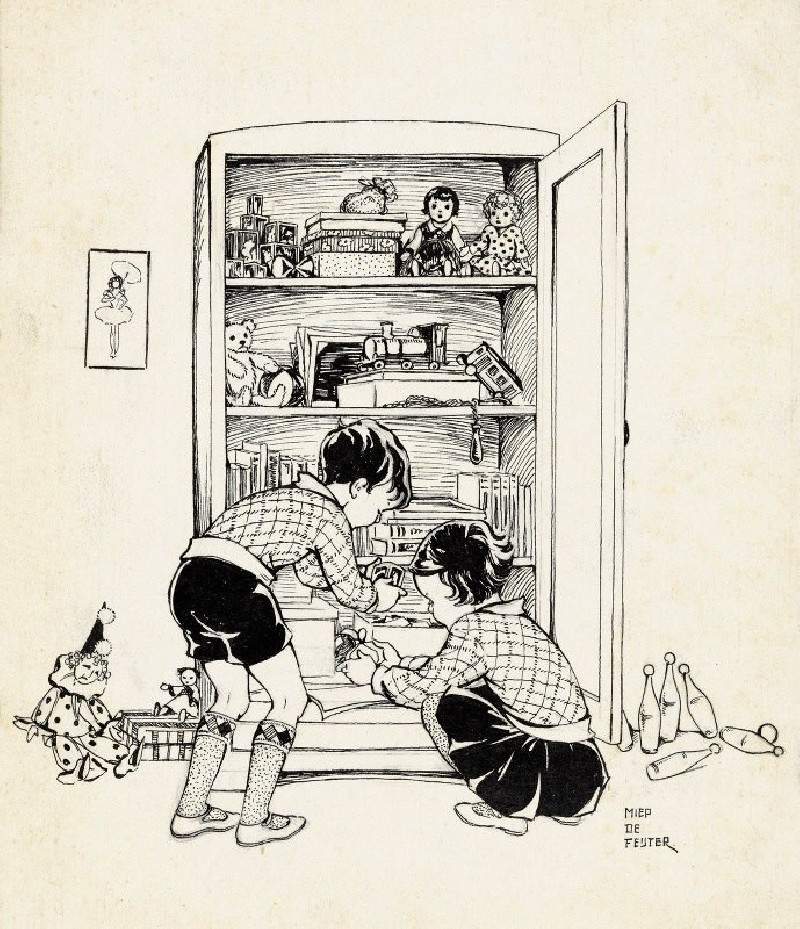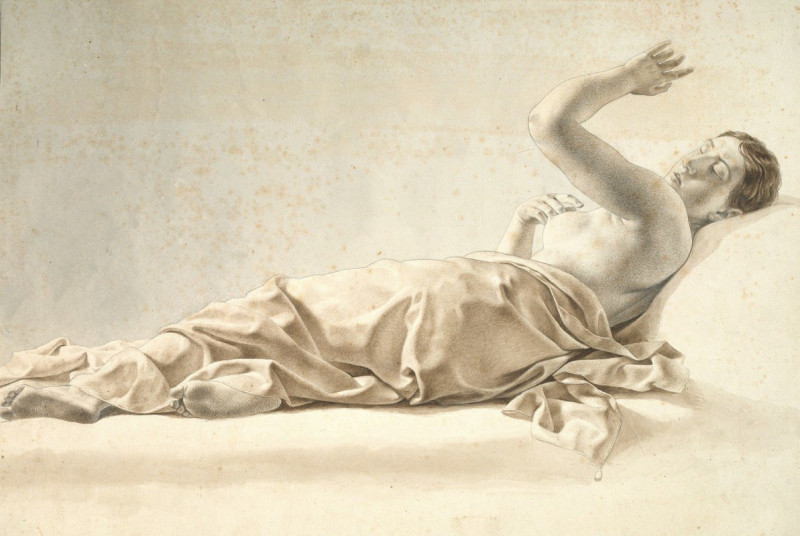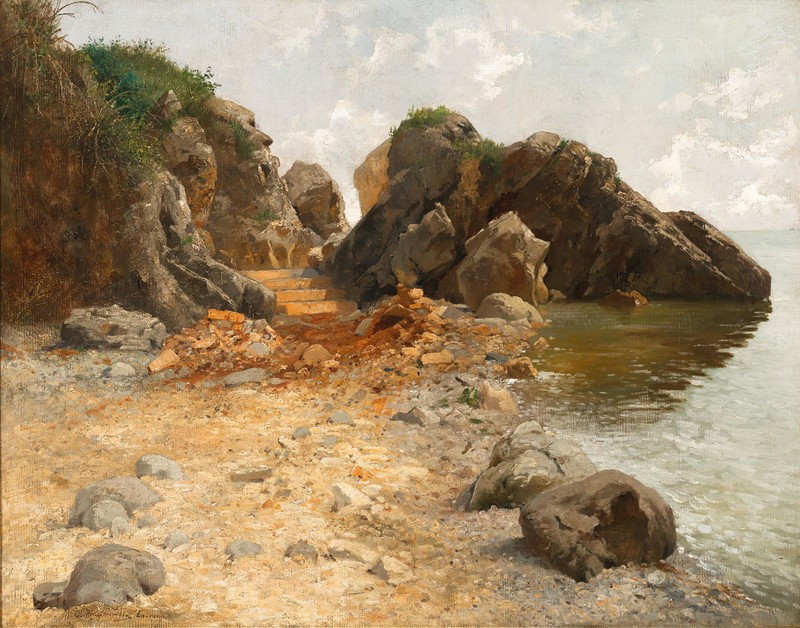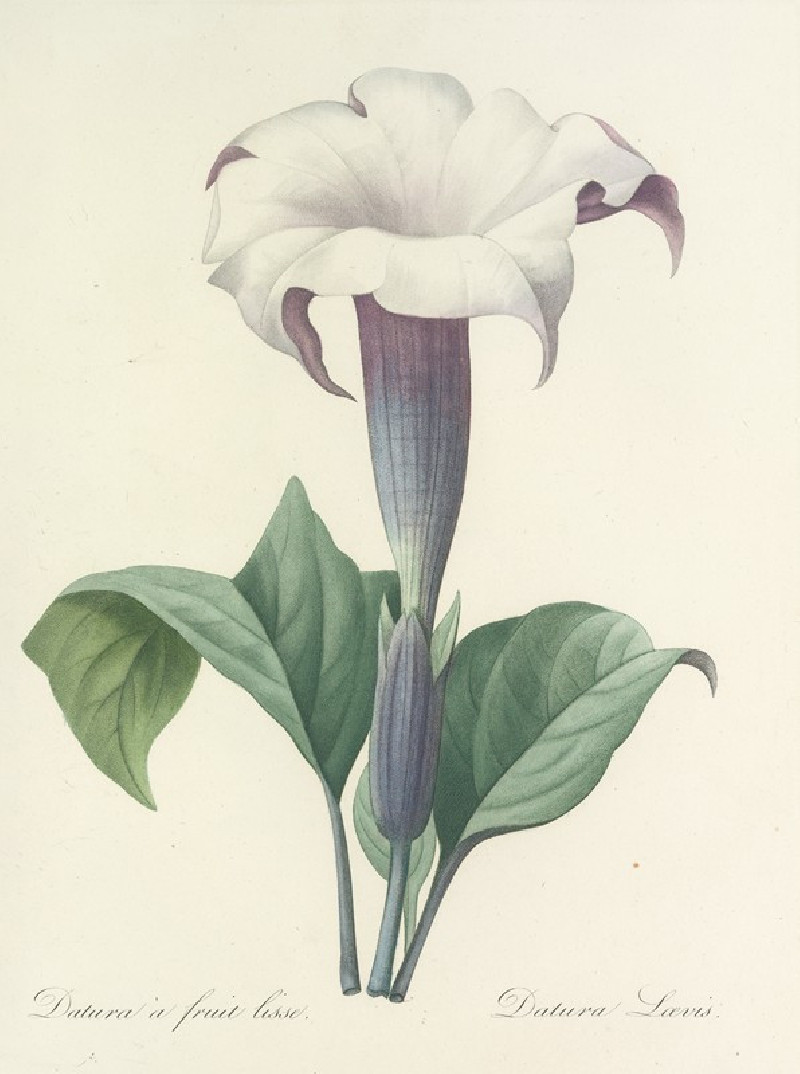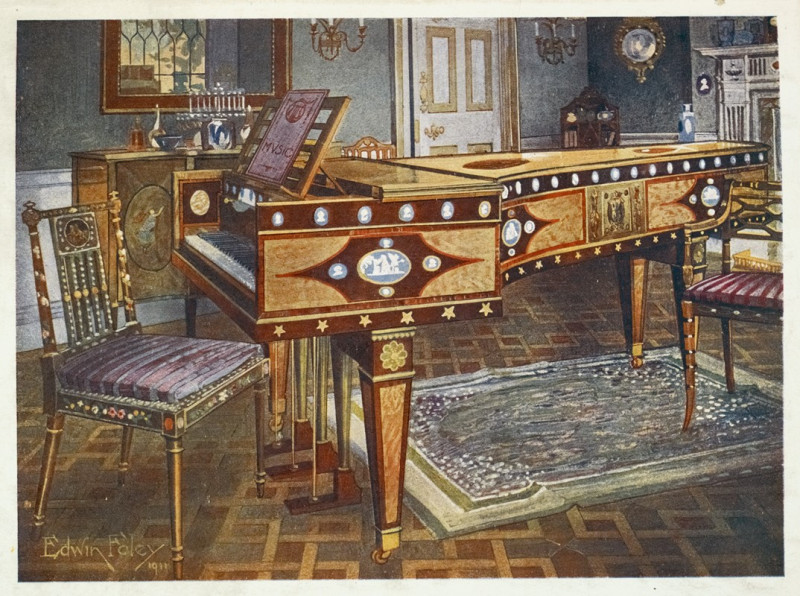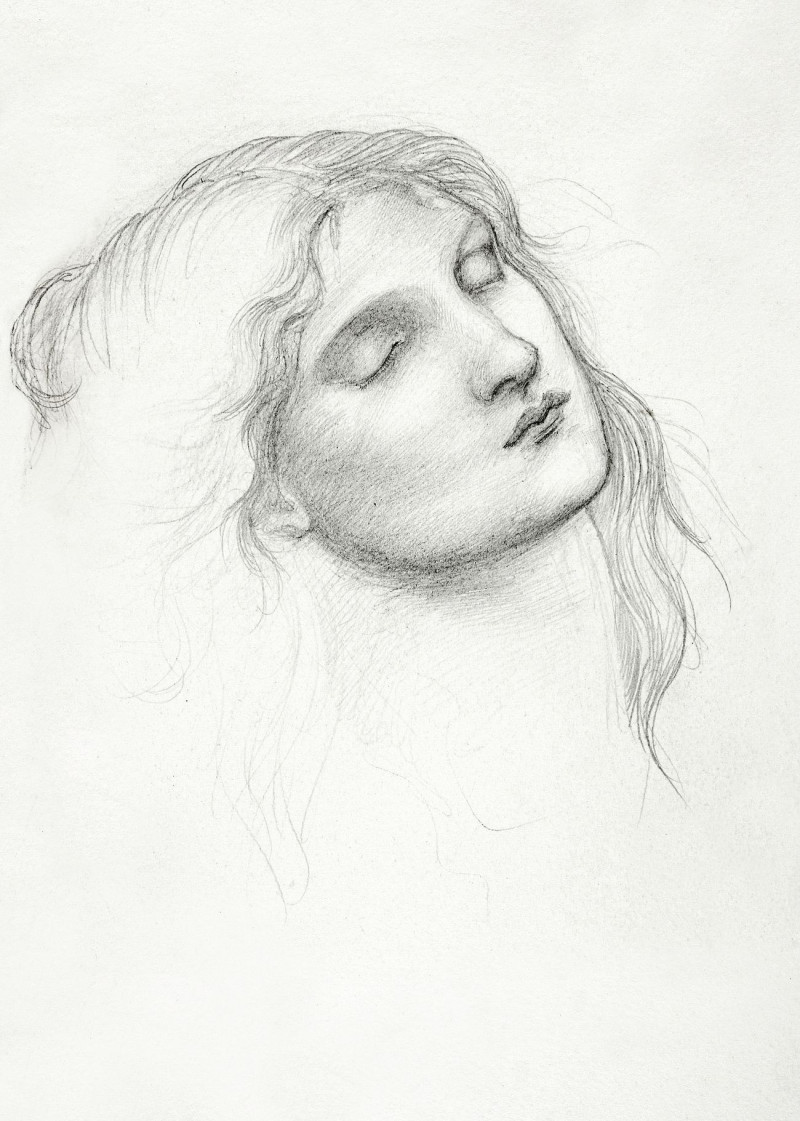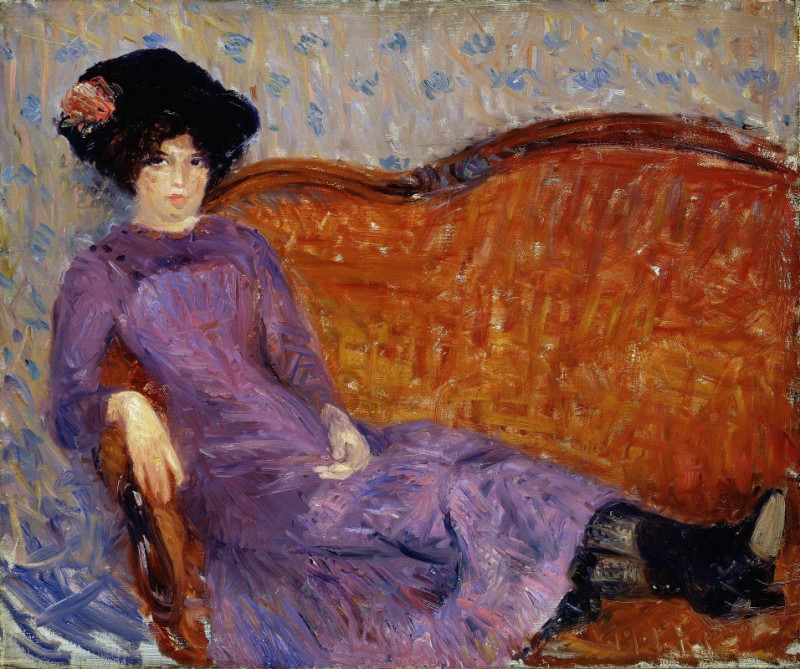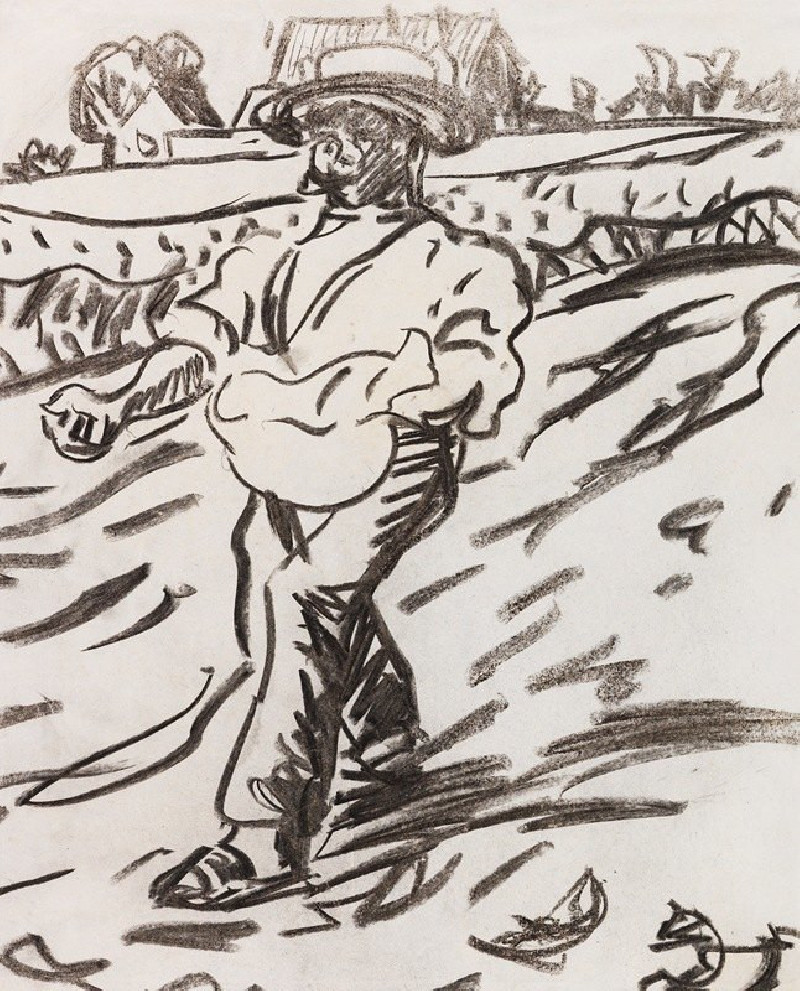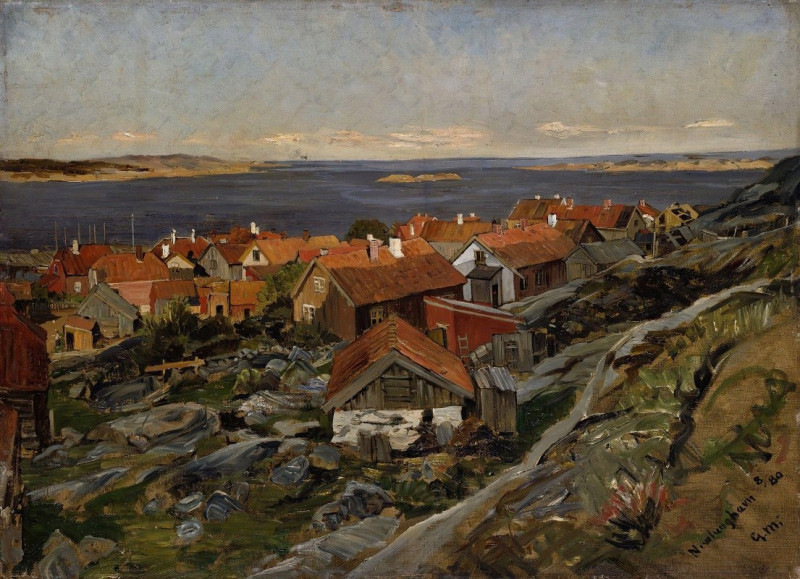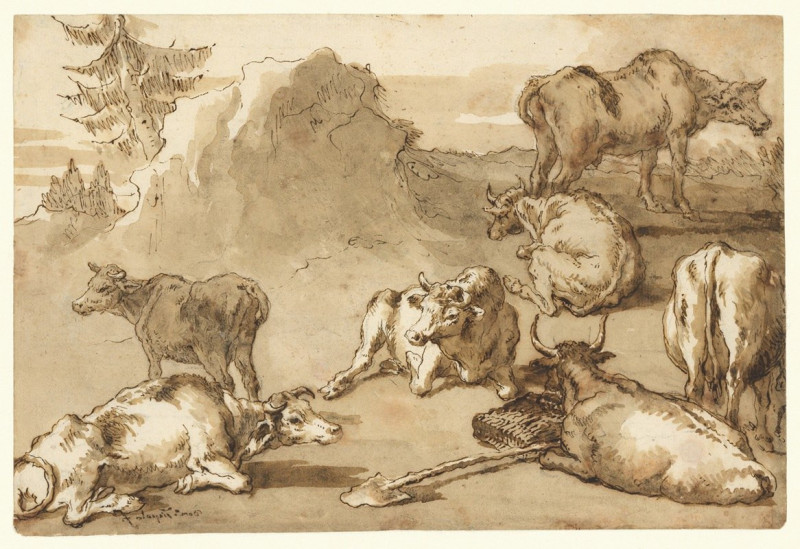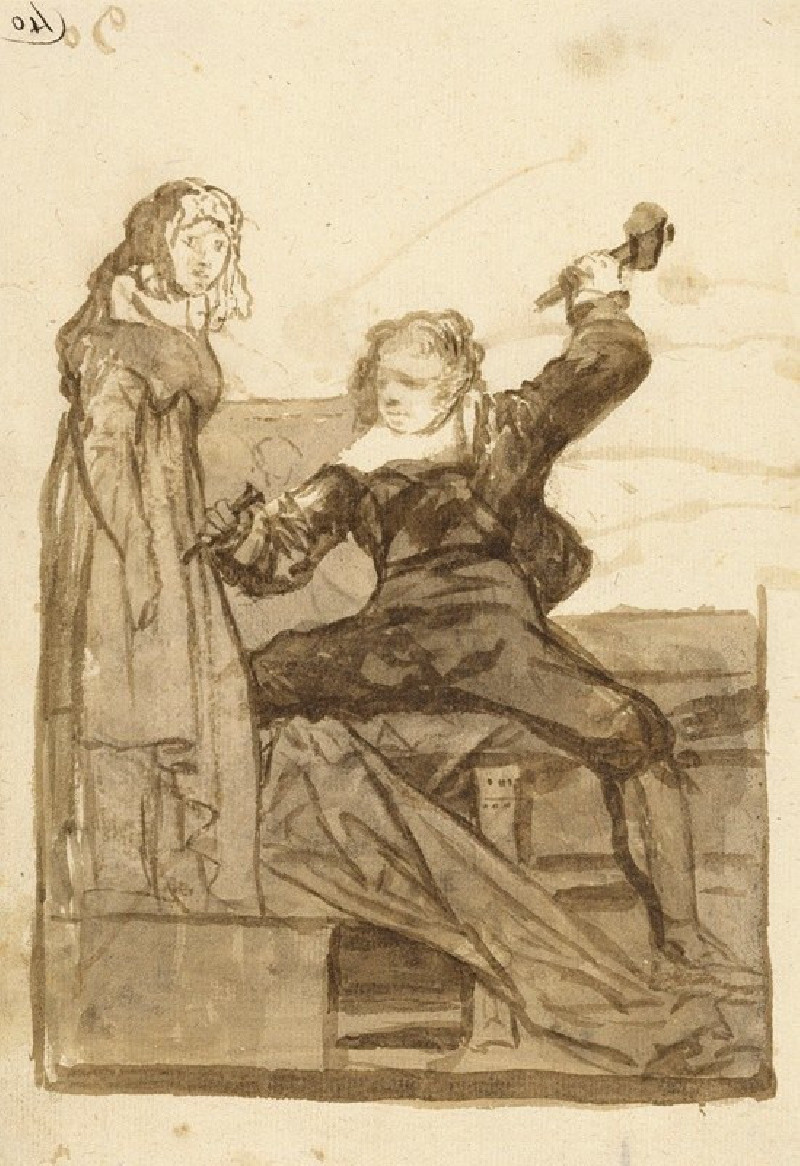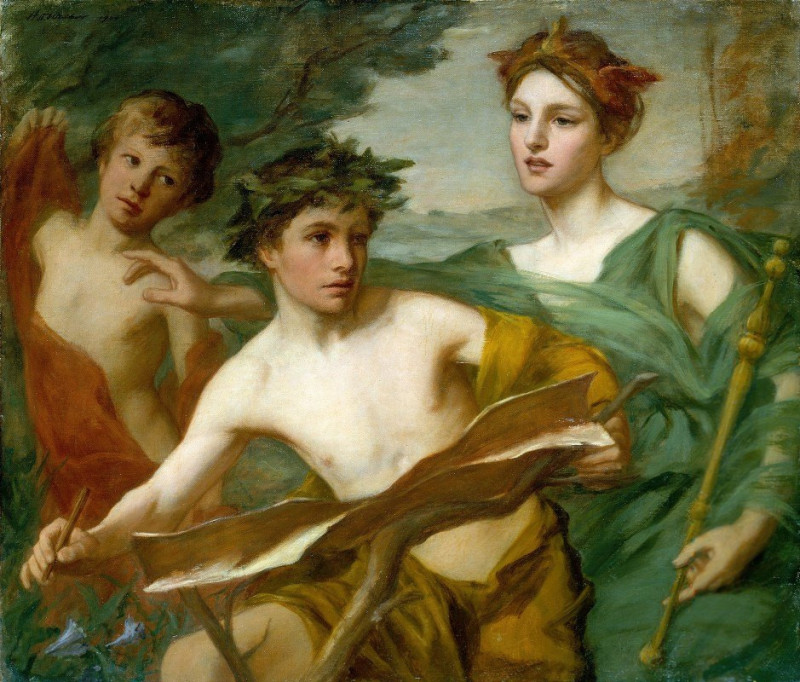Lever De Lune Derrière L’église De La Bastide-Du-Vert (circa 1910)
Technique: Giclée quality print
Recommended by our customers
More about this artwork
Welcome to an enchanting glimpse into the serene world of Henri Martin's "Lever De Lune Derrière L’église De La Bastide-Du-Vert." Painted circa 1910, this masterpiece embodies Martin’s signature pointillist style, where myriads of small, distinct dots of color blend together to produce vibrant, luminous scenes.In this tranquil nocturne, Martin captures a moonlit night behind the church of La Bastide-du-Vert, a picturesque village in France. The subdued illumination of the moon casts a gentle glow on the façade of the church, its architecture proudly rising into the sky, softened by the ambient moonlight. The church, with its classic pointed bell tower and rounded archways, stands as a testament to the timeless allure of rural French architecture.Dominating the foreground is a strikingly tall, slender cypress tree, a typical symbol of the Mediterranean landscape, pointing heavenwards, paralleling the church’s aspiration. Its deep greens provide a stark contrast to the warm, muted tones of the building and the cool blue of the night sky. Below, the reflection in the water adds a mystical quality, mirroring the moon and silhouette of the church, and enhancing the painting’s dreamlike atmosphere.A lone figure, possibly a late worshipper or a quiet wanderer, is seen approaching the church, adding a human element to the scene. This figure invites viewers to ponder the quiet moments of reflection that places of worship, like this quaint village church, often inspire."Lever De Lune Derrière L’église De La Bastide-Du-Vert" is more than just a painting; it is a peaceful meditation on beauty, solitude, and the spiritual whisper of nature and architecture coexisting harmoniously under the watchful eye of the moon.
Delivery
Returns
Henri-Jean Guillaume "Henri" Martin (5 August 1860 – 12 November 1943) was a French painter. Elected to the Académie des Beaux-Arts in 1917, he is known for his early 1920s work on the walls of the Salle de l'Assemblée générale, where the members of the Conseil d'État meet in the Palais-Royal in Paris. Other notable institutions that have featured his Post-Impressionist paintings in their halls through public procurement include the Élysée Palace, Sorbonne, Hôtel de Ville de Paris, Palais de Justice de Paris, as well as Capitole de Toulouse, although the Musée des Beaux-Arts de Bordeaux and Musée des Augustins also have sizeable public collections.

